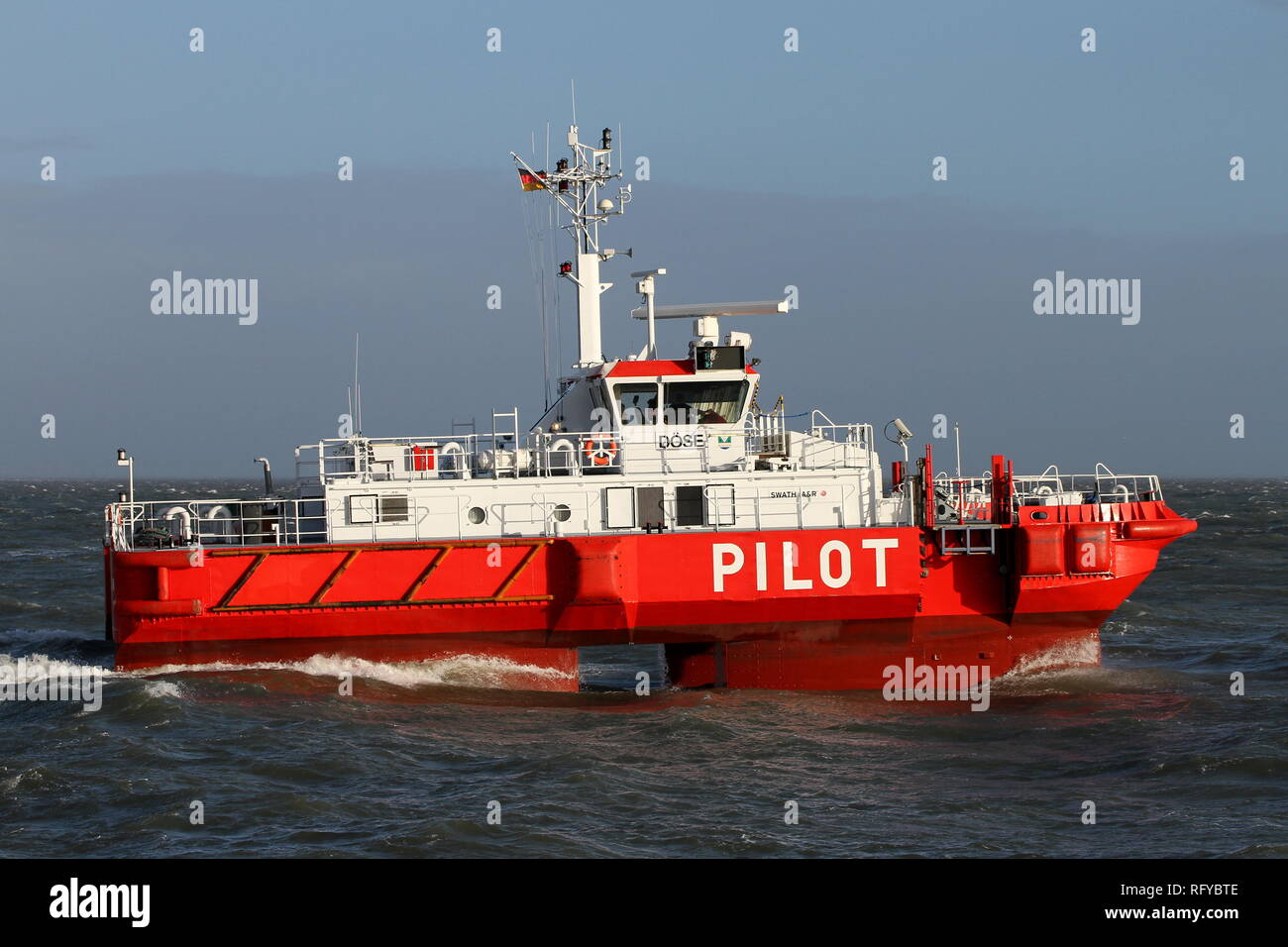

Part of the enhancements also includes integrating the City’s central traffic management system with the DOT’s. It will allow the City to accurately count vehicles, including a breakdown of cars and trucks, how long vehicles are stopped at traffic lights, and travel times through the corridor. The newly deployed technology includes new traffic signal controllers, vehicle and pedestrian detection equipment, travel time recording devices and communication upgrades. The new system will allow for continuous monitoring and adjusting. The process is labor-intensive, expensive, and the deployed signal timing is stagnant and can quickly lose its effectiveness as traffic volumes change. Traditional traffic signal timing optimization involves counting traffic volume over a few days and using that data to create the appropriate timings. Part of the project’s goal is to implement proven innovative strategies and methodologies for reducing the labor involved in managing the City’s traffic signals on the north-south Central Avenue artery through automation.

The loop sensors could only detect the presence of perhaps a single vehicle, but the advanced optical sensors will now be able to determine how far back cars are stacking up at an intersection. The Automated Traffic Signal Performance Measures (ATSPM’s) will be the first deployed in the state and within Northern New England.Īt several intersections, old-fashioned “loop sensors” were replaced with bell cameras and other optical sensing devices. The City of Dover has also contracted with Sebago Technics to deploy the new traffic technologies, assist with data collection, and optimize signalization throughout the corridor. The City of Dover worked with its traffic engineer partner, Sebago Technics of South Portland, Maine, and DOT, to secure the grant.

#SMOKE SIGNALS DOVER DRIVERS#
We think it’s going to be a success, and drivers will see a noticeable difference.” “It’s going to allow us to improve traffic flow, reduce congestion, and make on-the-fly changes to respond to whatever is happening on our roads. “We’re excited about these new technologies,” said City of Dover’s Deputy Community Services Director Bill Boulanger, who is managing the project. The new technology also provides the ability to make real-time traffic signal programming changes within the system based on current conditions. Traffic signals at 17 intersections within Dover’s Central Avenue corridor are now connected wirelessly to the City’s central traffic server that consistently monitors traffic flow within the system and notifies staff when an issue arises along the corridor. FHWA’s AID Demonstration Program provides funding to accelerate the implementation and adoption of innovation in highway transportation.

The FHWA grants were approved by Governor and Executive Council, DOT and Dover City Council. The $811,875 project is made possible from $649,500 in grants from the FHWA’s Accelerated Innovation Deployment (AID) Demonstration Grants Program administered by the DOT and a 20 percent match from the City of Dover, totaling $162,375. In partnership with the Federal Highway Administration (FHWA) and the New Hampshire Department of Transportation (DOT), the City of Dover has installed innovative technologies at 17 intersections within the Central Avenue corridor to coordinate traffic signals and improve traffic flow. Please consider providing feedback to the city and its engineers to help improve the signal timings. The trenches, where the worst pavement exists, will be repaved this spring, followed by a complete pavement overlay this fall.Ī simple online survey is available at. The poor conditions are mainly due to a water main project completed in January. Please note: The pavement condition is poor on Central Avenue between Glenwood Avenue and Abbey Sawyer Memorial Drive, which may impact travel times. New Rochester Road at Willand Pond Road/Hotel Drive.Central Avenue/New Rochester Road at Indian Brook Drive.Central Avenue at Weeks Lane/Webb Place.Central Avenue at Hannaford and Aldi plazas.The nine intersections with new timings traffic light timings include: Traffic engineers will continue to modify timings based on traffic data and public feedback. The new signal timings will begin changing Monday, April 4, and be fully deployed on Tuesday, April 5. New signal coordination for upper Central AvenueĬommunity Services and its traffic signalization engineering consultant seek public feedback on signal modifications to nine traffic signals on upper Central Avenue, from Oak Street to Weeks Crossing.


 0 kommentar(er)
0 kommentar(er)
